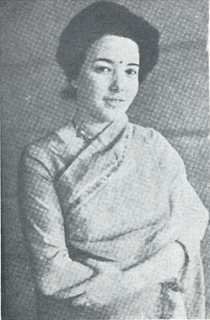More about Netaji and the Soviet Union
31 October 2011
The author’s evidence is at best ‘circumstantial’. They
encourage us to cling to our earlier beliefs... A review by chhanda chatterjee The original researches of the linguist/ Russologist Purabi Roy sponsored by the Asiatic Society, Kolkata, under the able leadership of its General Secretary Professor Anil Kumar Sarkar, into the question of the disappearance of Netaji Subhas Chandra Bose from the Taihoku airport on August 18, 1945 raises more questions than it solves. The research was made possible by the fall of the Soviet government in 1991. The present work is a product of that project.
Ever since the glasnost and the perestroika in the former
In 1993 when during the perestroika phase a Moscow journal, Aziya I Afrika Sogodniya (Asia and Africa Today) declared its intention to publish articles on hitherto unknown records from Russian archives the Narasimha Rao government had taken great alarm and sent Ajai Malhotra, the Counsellor from the Indian Embassy to pressurize Turadzhev, the Joint Editor, not to proceed in the matter.
Purabi Roy came in touch with many such scholars like Devyyatkin, Raikov and Vinogradov, who had collected evidence to question the theory of Bose’s death at Taihoku and published articles on this matter. The most interesting of such articles was Leonid Katov’s Indiskogo Garibaldi etapirovali v. Sibir (Indian Garibaldi halted at Siberia), which mentioned Bose’s internment at
Purabi Roy could access some records in the State Archive of Russian Federation (GARF), Russian State Archive of Socio-Political History, Archives of the Ministry of Foreign Affairs (MIR), KGB and CPSU (Communist Party of the Soviet Union) during her visit to
Figges’s report based on that of Dr. Tanioshi became even more suspect as there was a second report submitted by Sub-Lieutenant Tsuruta Tryoshi, who treated Bose at Taihoku in October 1946. This report attributed Bose’s death to heart failure due to burns and shock. The existence of two different reports gave rise to a suspicion regarding the truth of both reports and pointed to an attempt at an uneasy cover-up.
Initially, the British too did not believe that Bose was dead. The records of the Japanese news agency, Hitkari Kikan, pointed to a different tale. British Intelligence reports of this period mentioned that Bose would return any time when he would judge the moment opportune. On December 31, 1945 the National Herald in
Purabi Roy found Bose’s departure for the
Bose’s socialist inclinations soon brought him into conflict with Gandhi and in spite of having won the office of the President of the Indian National Congress for a second time in 1939, Bose failed to retain the post. He formed a leftist bloc of socialist minded Congressmen and named it the Forward Bloc. The signing of
The details of the escape were planned by Achar Singh and Ajoy Ghosh. This was the time when the Communist Party of India had been seriously considering merger with the ‘Kirti’ group. Bhagat Ram Talwar accompanied Subhash to
With the consecutive setbacks of the INA in Imphal and
Purabi Roy has striven her utmost to piece together the fragmented evidence that she could access from the rare documents that came her way. Initially she had found a cordial response from
The reviewer is Professor and Head, Department of History,


Comments
Post a Comment